Update to the Superintendent's Compendium
Birmingham Civil Rights National Monument recently updated the Superintendent’s Compendium for 2025. The Compendium is a set of designations, closures, permit requirements, and other restrictions created by the Superintendent to manage the national monument. There were several changes from the previous version especially concerning Filming and Still Photography (Section 1.5), and the designation a Demonstration and First Amendment Site (Section 2.51).
| Title | Birmingham Civil Rights |
| Park Code | bicr |
| Description | In 1963, images of snarling police dogs unleashed against non-violent protesters and of children being sprayed with high-pressure hoses appeared in print and television news around the world. These dramatic scenes of violent police aggression aga... |
| Location | |
| Contact | |
| Activities |
|
| Entrance fees |
|
| Campgrounds | Count: 0
|
| Places | Count: 7
A.G. Gaston MotelHeadquarters to the 1963 desegregation campaign in Birmingham, The A.G. Gaston Motel stands today as a testament to the determination of African Americans in building a better future for themselves in the Jim Crow South. 
Birmingham Civil Rights InstituteThe Birmingham Civil Rights Institute, part of the Birmingham Civil Rights National Monument and an affiliate of the Smithsonian Institution, is a cultural and educational research center that promotes a comprehensive understanding for the significance of civil rights developments in Birmingham. Celebrating its 25th anniversary in 2017, BCRI reaches more than 150,000 individuals each year though award-winning programs and services. 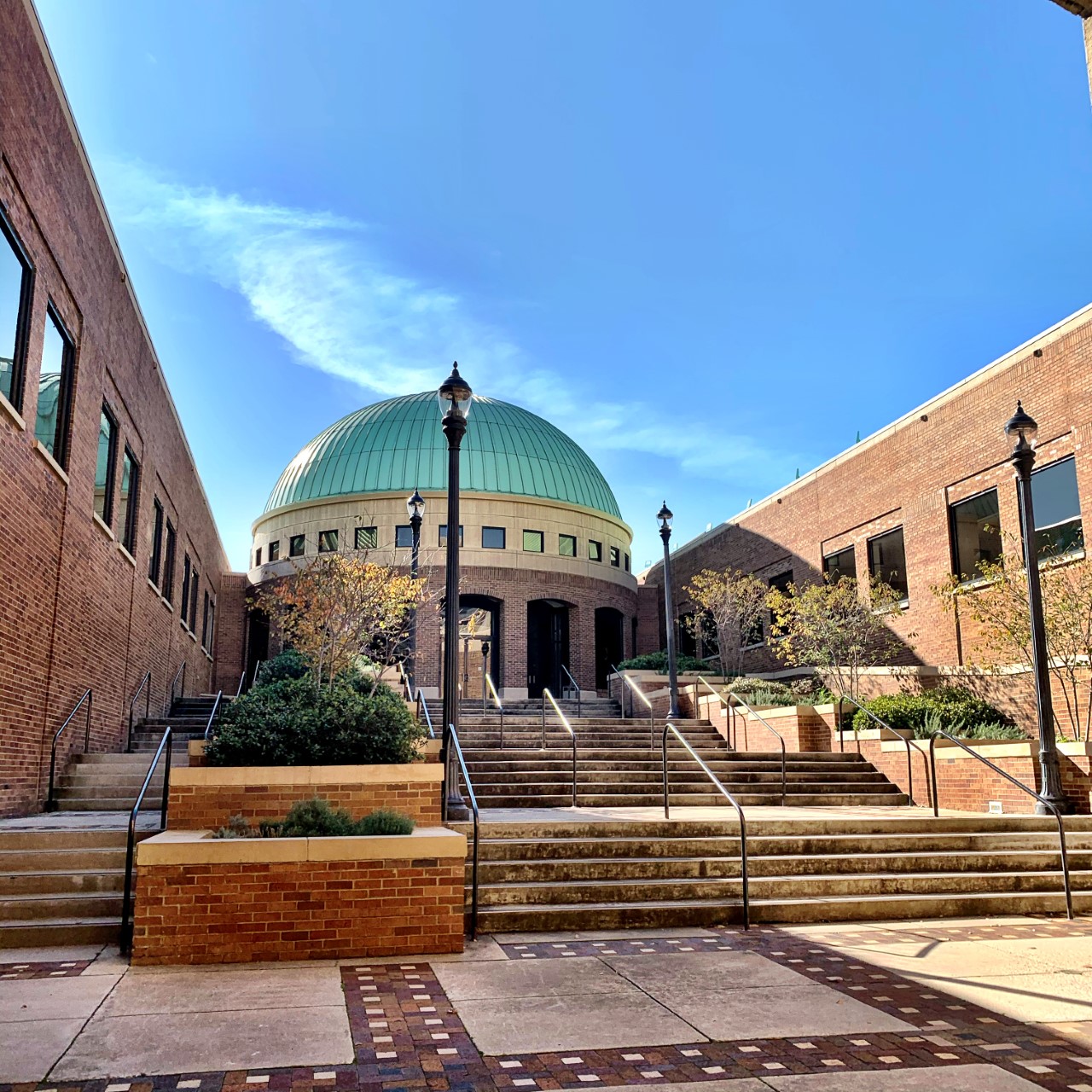
Kelly Ingram ParkDuring the first week of May 1963, Birmingham, Alabama police and firemen attacked civil rights demonstrators, many of whom were children, in the streets bordering this park. The violence raised a nationwide public outcry, hastening integration in America's most segregated city. 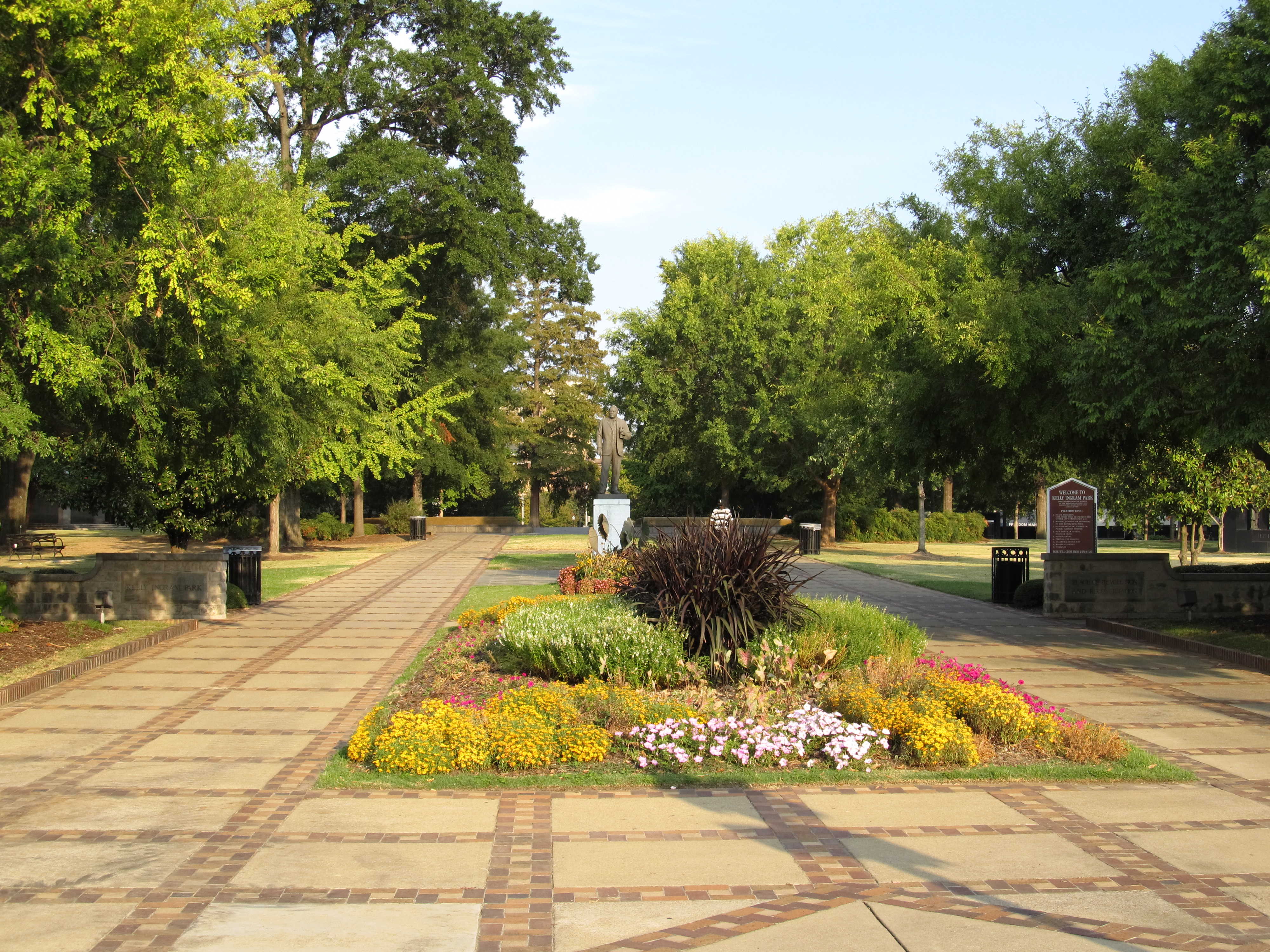
Sixteenth Street Baptist ChurchOn Sunday morning, September 15, 1963, the Ku Klux Klan bombed the Sixteenth Street Baptist Church in Birmingham, Alabama, killing four girls. This murderous act shocked the nation and galvanized the civil rights movement. 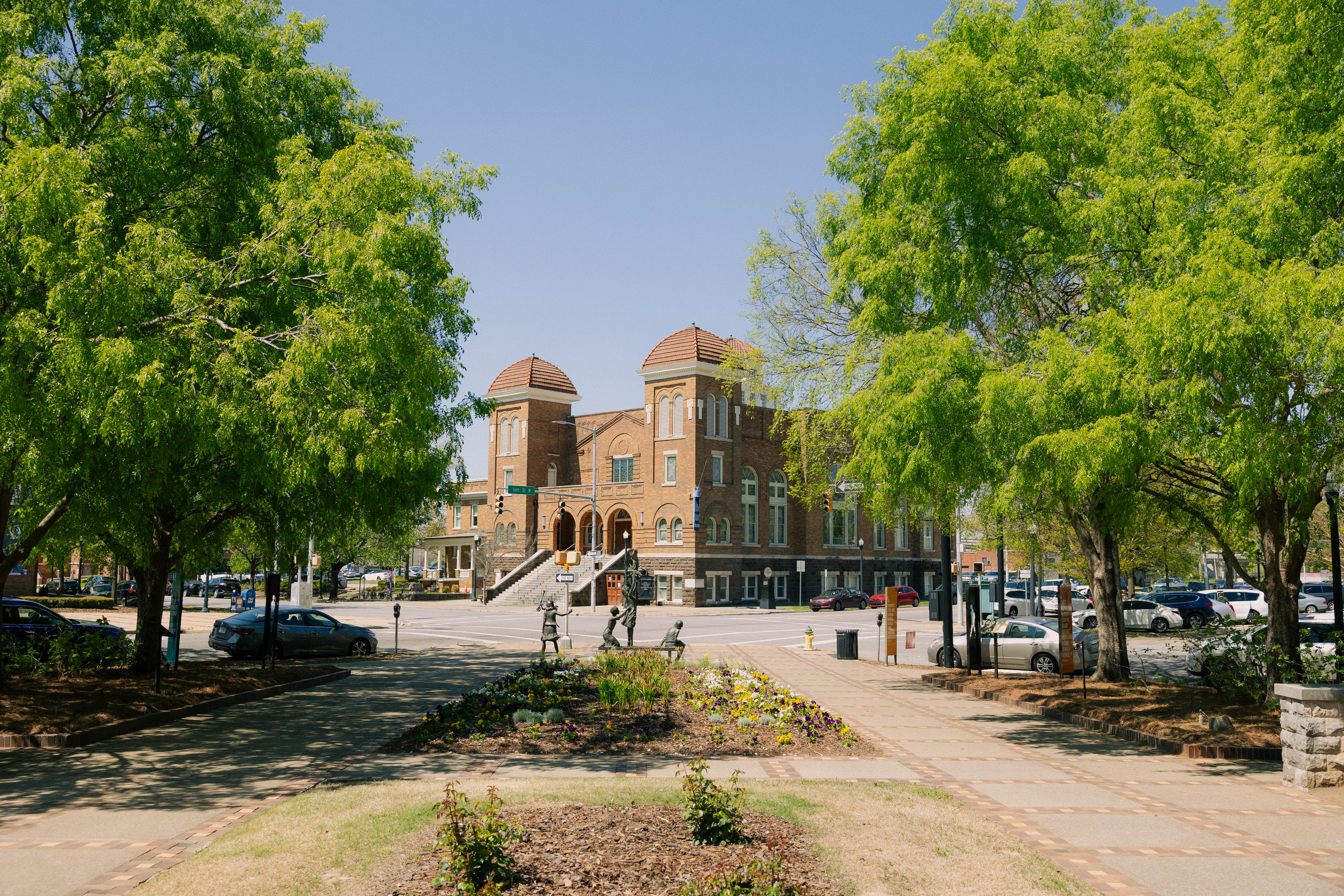
St. Paul United Methodist ChurchFounded in 1869, St. Paul is one of the oldest African American churches in Birmingham, Alabama. Like many churches in the area, it played a critical role in spurring desegregation efforts in in Birmingham and the Jim Crow South. 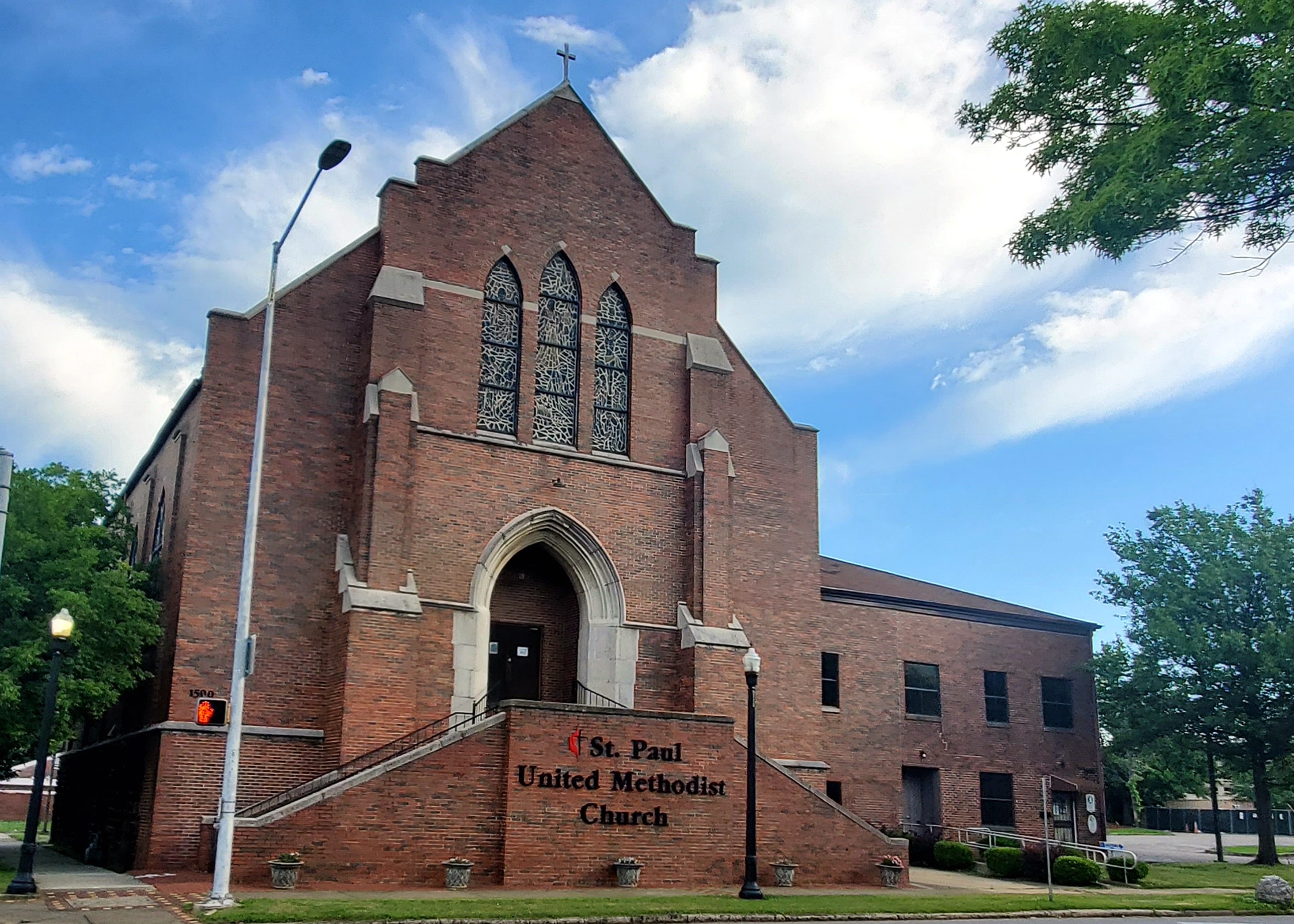
The Historic Bethel Baptist ChurchLed by the fiery Revered Fred L. Shuttlesworth, The Historic Bethel Baptist Church was the epicenter of non-violent desegregation efforts in Birmingham, AL during the tumultuous 1950s and 1960s. 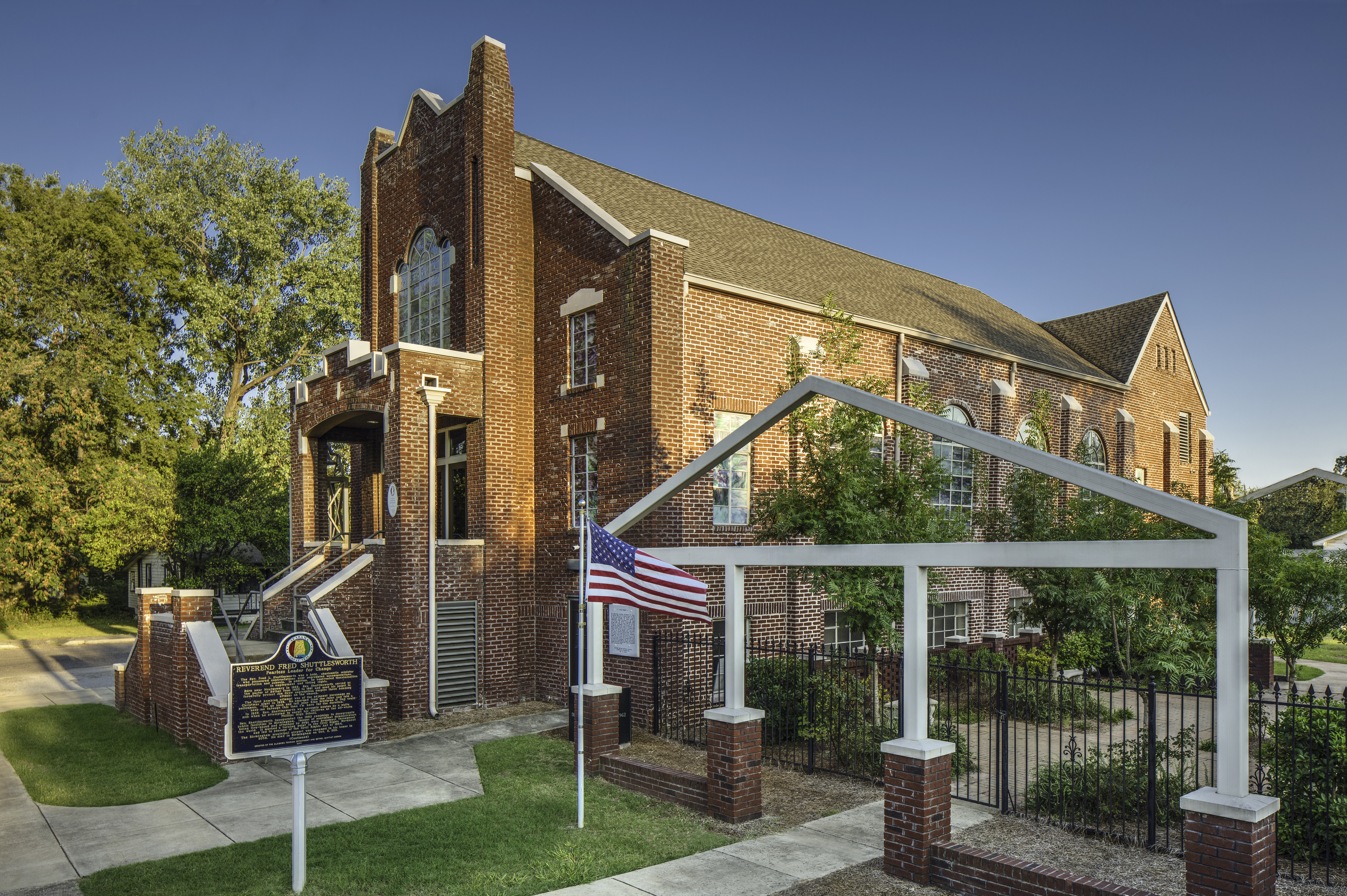
The Masonic Temple BuildingKnown as the “Black skyscraper,” the Colored Masonic Temple stood as testament to the resilience of African Americans in one of America's most segregated cities - Birmingham, AL. Despite Jim Crow policies that hobbled Black progress, the proliferation of offices in this building for African American doctors, attorneys, dentists, and civil rights activists demonstrated their unflinching character and pursuit of a better life. 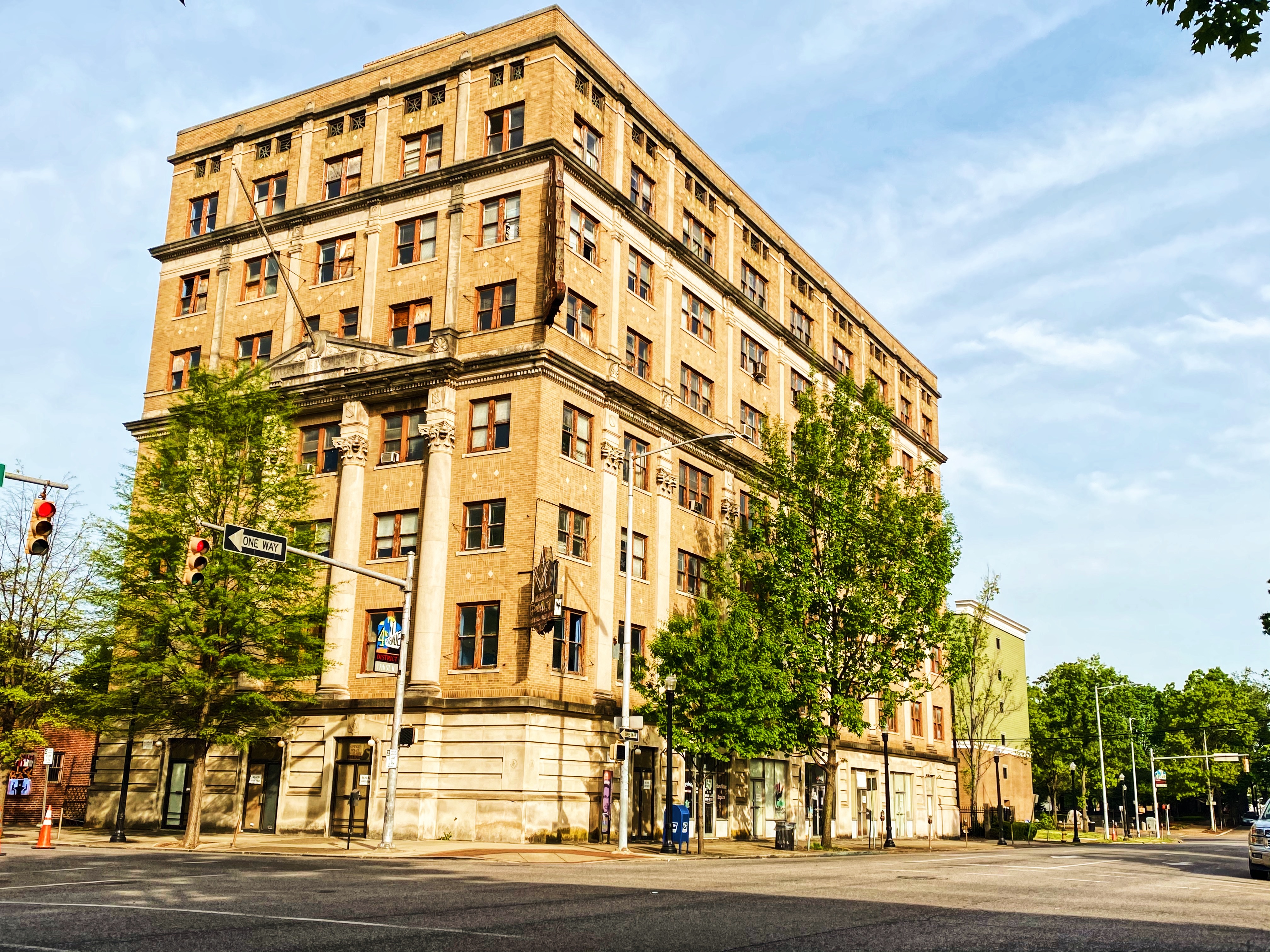
|
| Visitor Centers | Count: 1
A.G. Gaston Motel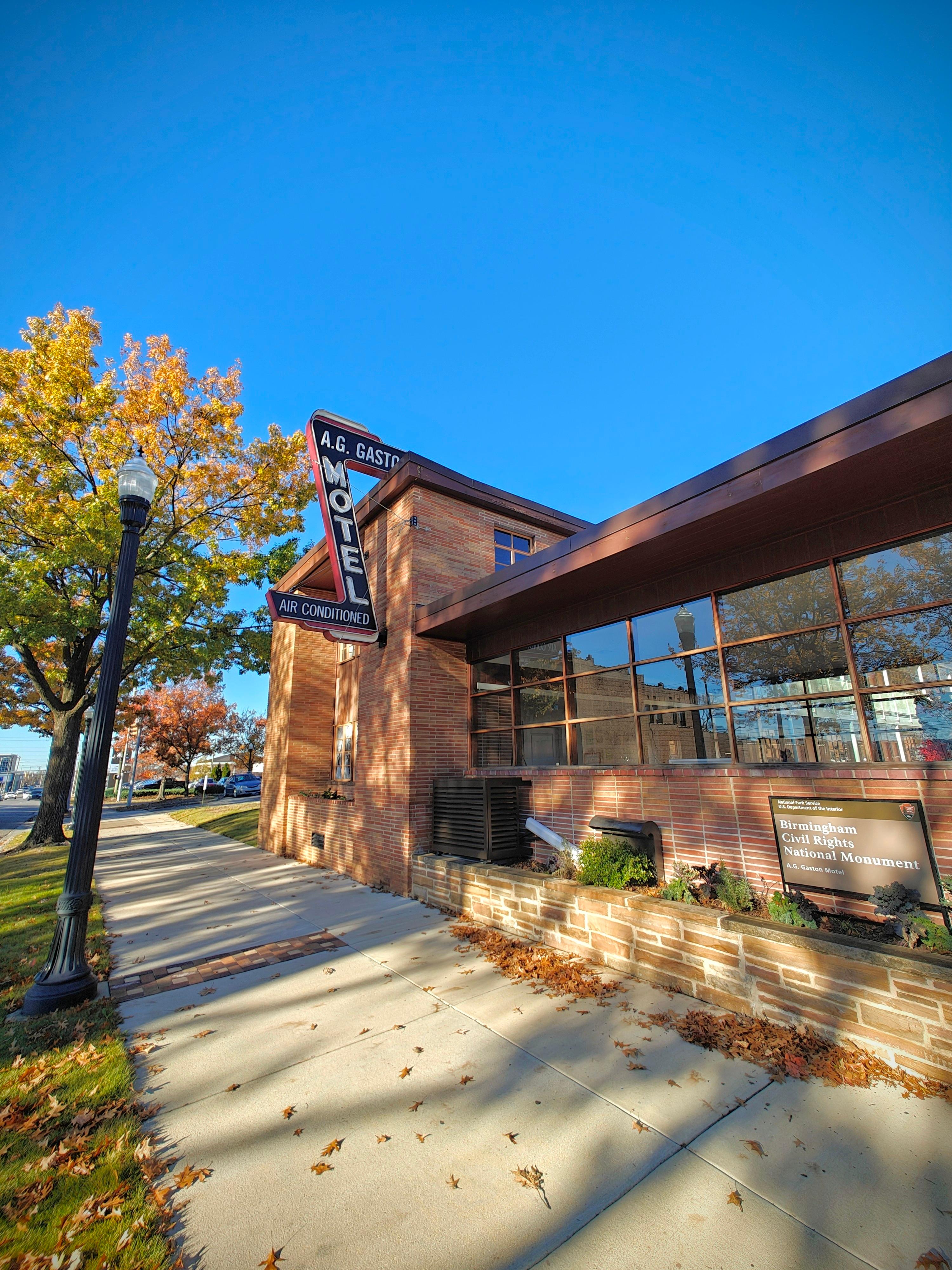
|
| Things to do | Count: 0
|
| Tours |
Count: 0
|
| Articles |
|